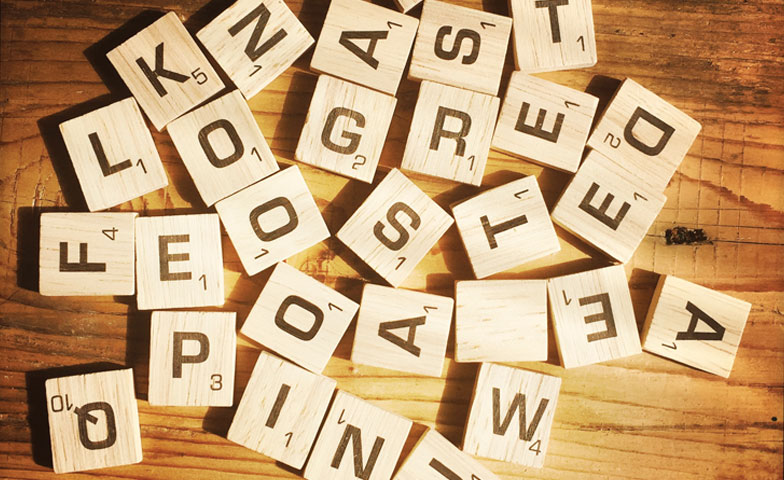Diverse ways for students to show their thinking.
The need for effective assessment is an important topic for both school administrators and classroom teachers. Practical ideas and fresh concepts are essential, and meaningful assessments require both of these elements. The following six assessment strategies may be used in any middle school classroom where student achievement, awareness, and authentic feedback are valued.
#1: Pinch Strips. A pinch strip is a creative way to assess learners while also encouraging student engagement. Students create a pinch strip, made of paper, which looks similar to an oversized ruler. On one side of the pinch strip, the teacher may have students write the letters A, B, C, and D. On the other side of the pinch strip, the teacher may elect to have the student identify four modes of mathematical operations; addition, subtraction, multiplication, and division. Another example could be having students list multiple forms of figurative language (e.g., simile, metaphor, alliteration, and onomatopoeia).
Regardless of the content that you select for the pinch strip, direct students to listen to your question and then pin the appropriate answer without showing anyone. Then have them hold their pinch strips in the air so you can assess answers from the entire group.
#2: Create a “Make, Take, and Talk” Collage. Having students create collages to demonstrate their knowledge is often implemented in middle schools, yet having students “make, take, and talk” about their creations with peers provides additional opportunities for young adolescents to learn from peers and continue to develop their speaking skills. It also gives the teacher a chance to assess student learning in a different manner.
After students create collages, design an experience where students engage in conversations about their work. Allow time for students to think about “talking points” and explanations about their work prior to discussing their work with peers. Consider having multiple sentence starters and probing questions outlined and available for students before and during these conversations.
#3: Journal Scribe. Many teachers integrate journal writing as a part of the learning process. Journal writing is traditionally a practice that is completed by an individual who writes her responses in her own journal. The Journal Scribe strategy requires students to work with a partner. In this scenario, one student verbally responds to a prompt while his partner records his response.
After scribing is completed, students engage in conversations about their responses as well as read the written responses composed by the scribes to determine whether or not their thinking was accurately interpretated and represented.
This strategy provides students with the chance to develop their speaking, listening, processing, and writing skills. Students are also afforded opportunity to collaborate with peers while the teacher is able to read written responses and listen to conversations to gauge students’ understanding.
#4: Scrabble Tile Toss. For this strategy, you can use either actual scrabble tiles or create your own tiles with letters on them. Provide each student or group of students with random tiles or pre-determined tiles, based on the learning objectives. The teacher poses a question, and students use the provided tiles to formulate their responses. This method encourages students’ critical thinking skills to demonstrate their knowledge within the parameters of only using the tiles to communicate their thinking.
#5: Apps. As we strive for purposeful integration of technology into the teaching and learning process, various apps can help you reach this goal. Consider using “Show Me,” “EduCreations,” “Kahoot,” or “Plickers.” Take time to experiment with apps in order to use them effectively to enhance teaching and learning.
#6: Time to Sign. This strategy uses sign language as a formative assessment strategy in which students “sign” their replys. Students and teachers are able to learn sign language while also sharing and assessing understanding. With this strategy, students sign their replies to a multiple choice question or sign a reply to a question. Signing as a form of assessment, to a partner or a small group, affords teachers a chance to see responses and then guide their future instruction.
One important goal of assessment is to generate useful data in order to provide relevant feedback to students. In addition, assessment strategies should help students develop self-awareness and the ability to self-assess their development. These six strategies may help contribute to accomplishing these goals.
